In 2015, Christopher Townsend told us about his work on AVENGERS: AGE OF ULTRON. Today, he explains about the challenges faced on GUARDIANS OF THE GALAXY VOL 2.
How did you get involved on this show?
I met James Gunn as I was finishing up on AVENGERS: AGE OF ULTRON, and we talked about GUARDIANS OF THE GALAXY VOL 2, and what he wanted to do differently than the first one; we talked about him wanting to surprise the audience all over again, but also to get to know all the characters better, including Rocket and Groot’s new persona, Baby Groot.
How was the collaboration with director James Gunn?
James was excellent to work with; he knew what he wanted and he had a clear idea of how to get there. He’s a very visual storyteller, and with that, and knowing his characters inside out, he was very clear with his direction.
What was his approach and expectations about the visual effects?
He warned me at the very beginning that the department he was most hard on was visual effects, so I was very aware that our job was going to remain a challenge right to the bitter end! So much of the movie depends on the the visuals of the film, from two of the main characters who are entirely computer generated, to the massive array of spectacular virtual worlds; we had to get it right, in order for the film to work.
How did you approach a show with so many VFX shots?
We take it one sequence at a time, breaking those up into individual shots. You have to have an overview, but at the same time have to break the film into bite sized pieces; looking at a film which is over 2 hour long, and only has about 60 non VFX shots, and over 2300 VFX shots, from character work to huge environments, from makeup fixes to virtual set rebuilds, can be overwhelming at first. But when approached as many many individual creative challenges, then it becomes more manageable.
Can you tell us how you choose the various VFX vendors?
We pick VFX vendors because of their strengths, from their character work, environment work, simulation work, and their capacity and working styles. Ultimately, we look for the best companies that can work as our partners, creating the most beautiful imagery.
How did you split the work amongst these vendors?
Splitting the work is always tricky, particularly on this one. Our two main CG characters, Rocket and Groot appear throughout the film, in many different sequences. Because of that, we realized very early on that not one single VFX company could do the all the character work. We assessed the script, broke it down and determined that the best approach was to split it among four different vendors, so that we could share the work load. Framestore, who created Rocket for the first film, took that model and rebuilt him from the ground up, paying particular attention to the facial structure, so that he could annunciate more clearly and be more expressive. They also created Baby Groot, then created character asset packages and shared those with Weta Digital, Method Studios and Trixter; Framestore worked closely with the other companies, taking input as to how best to share the characters, and everyone was very pleased with the results, being able to quickly bring them into very different pipelines, and getting them working very quickly.
Can you tell us more about your collaboration with their VFX supervisors?
I always rely on very strong supervisorial teams at the different companies, both the VFX Supervisor and Animation Supervisor, along with the CG and Sequence Supervisors. I often work with the same teams again and again, on different films, as we all need a shorthand. I need to have trust in them all, and I always welcome their ideas and input creatively. My job is to act as a conduit to the other film makers, the Director and the Producers, so I need to guide the VFX companies, to get the Director what he or she wants.
The vendors are all around the world. How did you proceed to follow their work?
It takes a really great production team to make things run smoothly, when dealing with so many companies in so many time zones. We try and assign a coordinator to one or two different companies, and it’s their responsibility to act as the day to day production liaison, making sure that we distribute the information efficiently, and have the shots back, ready for review. I’m in cineSync sessions, video and phone conferencing most of my day, reviewing the work from around the world and giving notes.
Can you tell us more about the previz process?
Previs is hugely important; we use it to figure out action beats, camera angles, editorial timing, production design requirements, set builds, methodology breakdowns and scope of work. It’s one of the most valuable parts of the process. The director and I will often sit with the Previs supervisor (in this case, Jim Baker from The Third Floor), and describe the scene; in this case, James was very specific and TTF often went off of James’ stick boards or proper storyboards.
Let’s talk about the now iconic characters of Rocket and Baby Groot. What was your approach with them?
We had a lot to go on from the first movie, but I was keen to add another layer of realism, particularly to Rocket. Their characters had already been established, which was a great starting point, but I wanted to make Rocket feel more alive, more animalistic and more believable, so we worked very hard on that.
With Baby Groot, on the other hand, we tried to keep him as an alien twig creature, without falling too far into the cute, anthropomorphic, toddler that he could so easily become; we never needed to add to his cuteness in his animation as he was inherently cute from the start; we had to remember to keep him Buster Keaton neutral, and never to have him overact.
The opening title sequence is focusing on Baby Groot. Can you tell us more about his creation?
The opening title sequence was a massive undertaking. We prevised the entire shot, based on James’ script and stick boards; we really wanted to create a unique title sequence, but one that immediately immersed the audience back into the Guardians universe, showing the humor, the color, the music and the juxtaposition of form, scale and drama. It was incredibly tricky to hit all the beats, showing this crazy action going on behind Baby Groot as he dances joyously in the foreground, oblivious to it all, all in one single fluid camera move. The Third Floor worked for months on the sequence, initially in previs, and then after, once we’d shot the individual live action elements, in postvis. We also had to allow space and time for the titles, which originally were more integrated into the environment; however, during final shot production, we found that the shallow depth of field caused too many problems when they were fully integrated, because they became unreadable, and not really taken in – not really very good for a title sequence! In the end we opted for more traditional overlaid titles as they were more readable and didn’t visually compete with the action.
For the Baby Groot’s animation, we shot James a couple of times as a reference, as he was very clear about how he wanted the character to be; the first time was during principal photography where we filmed him giving some basic dance moves. Framestore then took that as inspiration and blocked in some movements for Groot. Once we had the general timing, we reshot James, during post production, and had him give us some very specific moves and timings, dancing to the music. Armed with that, Framestore continued to refine the animation, often filming their own animators to work out even more specific actions. It was a shot that ultimately is about three minutes long, and we started work on it early in pre production, and it was one of the last shots to final!
Which references and indications did you received for Baby Groot and his behavior?
James Gunn was very specific on how he wanted Baby Groot to act, and was always incredibly insightful about his performances. We often referred to Groot from the first film, as a reference and guide as to his textural qualities and movement, and extrapolated that back to how a young version of that would be. I also pointed at the simplistic yet incredibly expressive animations from early Aardman pieces like Creature Comforts; they captured exquisite performances using minimalist movements which were a great guide to the underplayed performance we were going for with Baby Groot.
How was simulated the presences of Rocket and Baby Groot on-set?
Sean Gunn, James’ brother who also plays the part of Kraglin, one of the Ravagers, performed as Rocket on set. He’s a very flexible guy, and was able to squat down to Rocket’s height. He performed as Rocket, giving the other actors in the scene something to act with. Once we’d got the shot with Sean, he’d step out and we’d play the scene again, with him just saying the dialogue off camera; this was usually the take we’d use in the film. However, I asked James to treat Sean’s performance as carefully as he would every other actor, ensuring that he got the subtly, nuances, correct gesturing, timing and attitude from Sean; we relied on Sean to give us a single, grounded performance that was the basis for all the different animators to work with, and that allowed us to have a consistent single ‘voice’ for the character throughout the film. Of course, the actual voice is that of Bradley Cooper, who we shot several times throughout the process, on ADR stages, with head mounted camera rigs and reference cameras so that we could really study lip-sync and the facial performance that he brought to the character.
In terms of Baby Groot, we had a life sized (well, 10 inches tall!) maquette that we’d ‘walk’ through the set, as camera lineup, and lighting reference, but otherwise we literally just used a twig as an eyeline reference for the actors. Occasionally, we’d also have them hold a small, soft, blue screen form, so that we could get the correct physical presence for their hands etc.
The movie is taking us to various exotic places. Which one was the most complicated to created and why?
Planet Ego was a huge challenge; it’s a world which had to be spectacularly beautiful and stunning, had to look like nothing you’ve ever seen before, had to look absolutely alien but have enough familiarity that it was totally real and believable. We were adamant going in that we didn’t want it to look like a real place on earth that had just been enhanced, so we realized very quickly that the worlds would have to be almost entirely virtual. We wanted a world that was based on a Mandelbrot organically grown, mathematically ordered logic, something that Ego has manufactured but that still has a feeling of natural life to it. We worked very closely with Production Designer Scott Chambliss, and his Art Department, and used much of their concept art as the basis of our worlds. Based on the complexity and scale of the sequence, we also realized that we’d have to share the creation amongst several different VFX companies. Method created the first views of the planet, when we first arrive and the Guardians are welcomed to his world, Scanline VFX created the different surface world where Nebula attacks Gamora as she escapes deeper into the planet, and Weta created the underground world for the final battle.
What was the real size of the sets for Planet Ego?
We estimated that all in all, Planet Ego in its various states, used about half a trillion polygons!
How did you approach the final sequence inside Planet Ego?
Based on James’ script, stick boards and the story boards, we started prevising the scene with previs supervisor Jim Baker and his team of incredibly talented artists at The Third Floor. The process is one of evolution; sometimes something that an animator would do would inspire an idea for a different action beat, sometimes it was just a matter of refining a move until it was something that James’ had very specifically envisioned, sometimes the storyboards would be so clear that it was really just a matter of putting them into action. We would then take the edited previs, and with all the various Heads of Department, figure out what could be shot, how to use stunts, practical effects, sets, costumes, what we would try and shoot and what we knew would have to be all digital. We’d discuss with the VFX vendor, the sequences, and talk about how best to get the imagery that we needed. We decided that much of the shoot would have to be done on blue screen stages, indoors, so that we could control the lighting better, but on dressed set pieces whenever we could; we wanted to give the actors as much environment help as possible so that the performances would be as real and visceral as possible, so opted to not just shoot in a big blue box whenever possible. However, even though the sets were often quite large, they were still tiny relative to the vastness of the final environments. After shooting what we could, we’d postvis with that, recut the scene then turn that over to the VFX vendor, and give a creative brief on what we wanted.
What was the main challenge on this show and how did you achieve it?
We challenges were very varied on this film; we wanted to create never before seen worlds (I know, cliché!), keeping in the same crazy colored vein as the first film, take audiences to places that they didn’t expect, surprise them with the juxtaposition of scenes and environments, and create CG characters that were as part of the ensemble as all the other real actors.
And as there were so many shots (over 2300), and the post production schedule relatively short considering the complexity (about 8-9 months), we had to split the work amongst many VFX vendors (Weta, Framestore, Method, Trixter, Scanline, Animal Logic, Lola, Cantina Creative, Luma, Technicolor and an InHouse team) and keep the work to a consistently high standard so that the audience was never taken out of the film. Even in an effects heavy feature as this, ultimately the film is all about character and story; our work has to be seamless and never be too shouty or too self aware.
Was there a shot or a sequence that prevented you from sleep?
Too many!
What is your best memory on this show?
This film was a real blast to make; it was a lot of hard work and incredibly long hours, but hopefully the fun we had is up on the screen. The artistry in the film is representative of the individual VFX artists throughout the world, who put their hearts and souls into the imagery; from the world builders, the animators, the painters, the modelers, the lighters, the programers, the compositors, and all the production crews in all the different companies, everyone gave of themselves, and it’s that passion which is what I love about making a film like this.
How long have you worked on this show?
About 22 months.
What was the size of your team?
We were a team of about 15 people on the production side, and a huge thanks go out to all of them. Creating VFX for a show like this, with so many moving parts, takes an amazing production and coordination effort and without the incredible talents of people like Damien Carr, Tyler Cordova and all the Coordinators, VFX Editors, and entire production crew, we wouldn’t get anything up on the screen!
A big thanks for your time.
© Vincent Frei – The Art of VFX – 2017


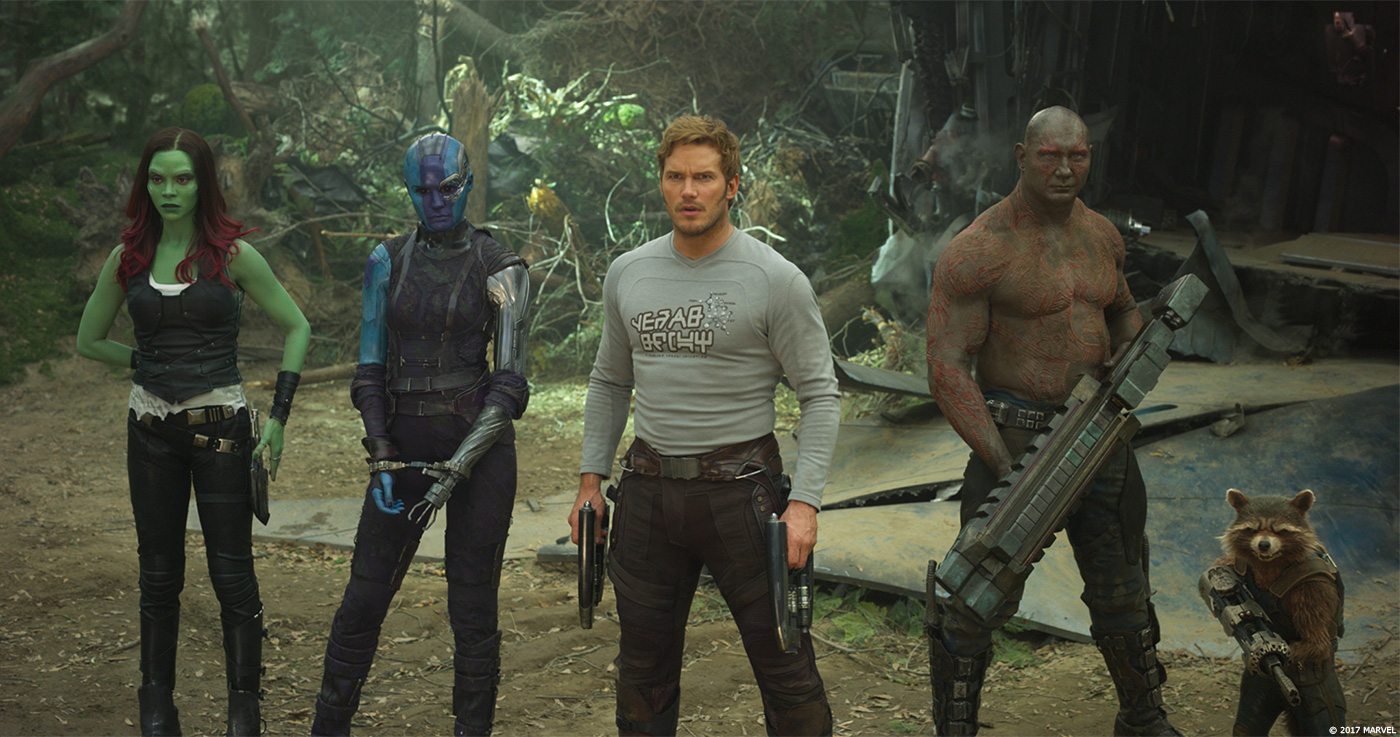

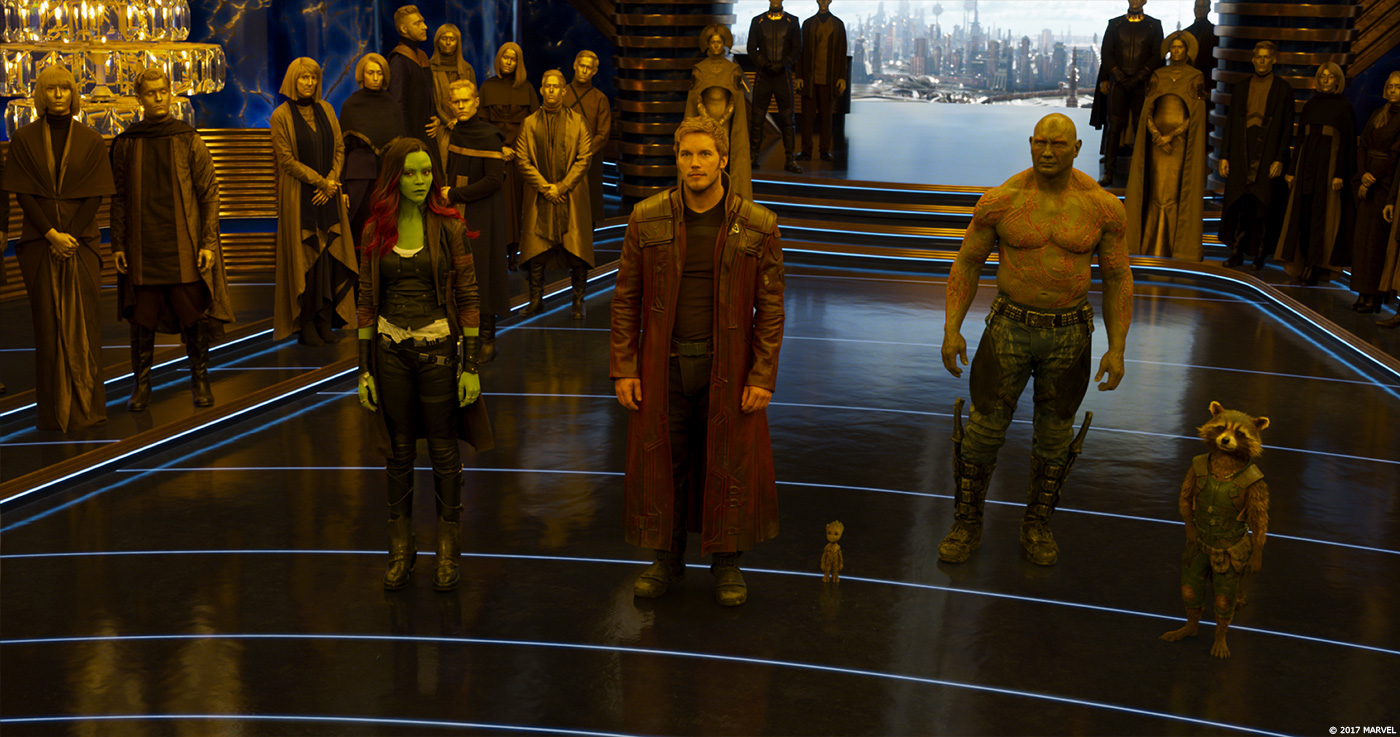




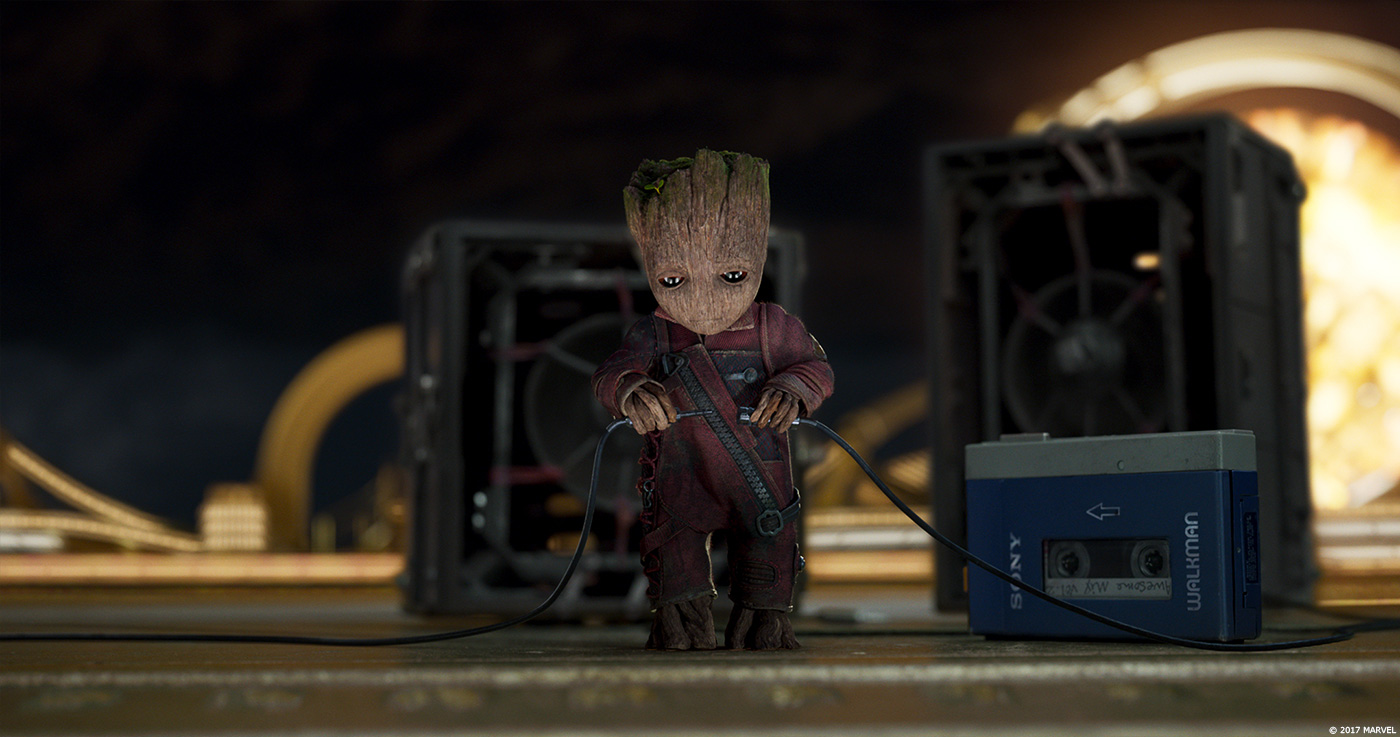
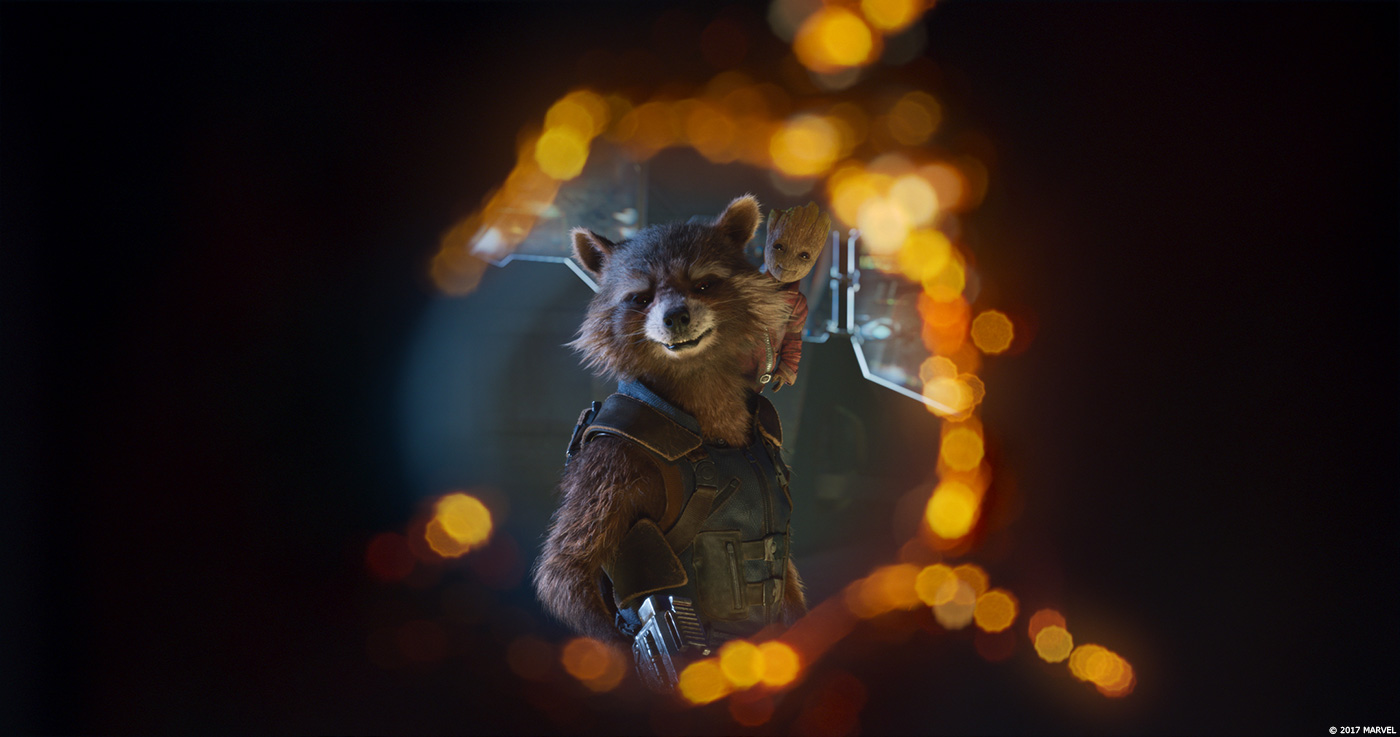
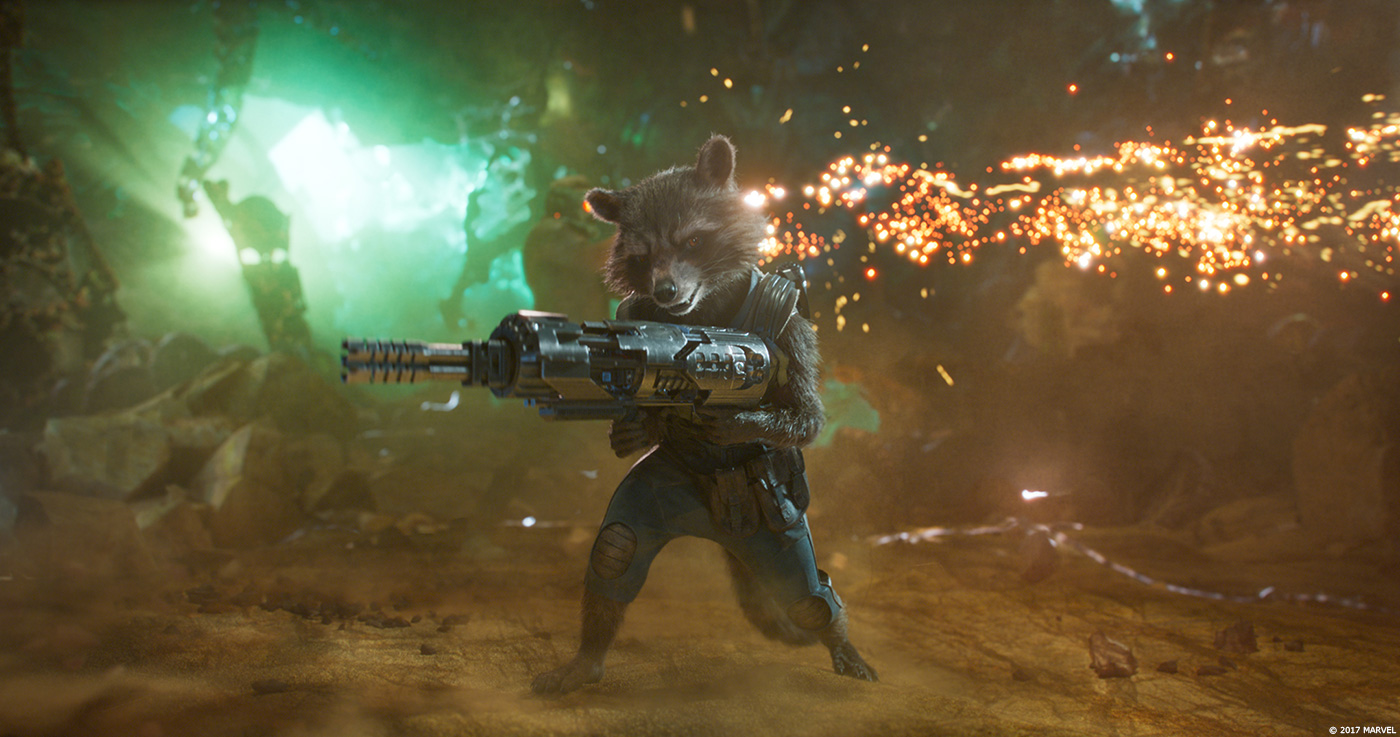
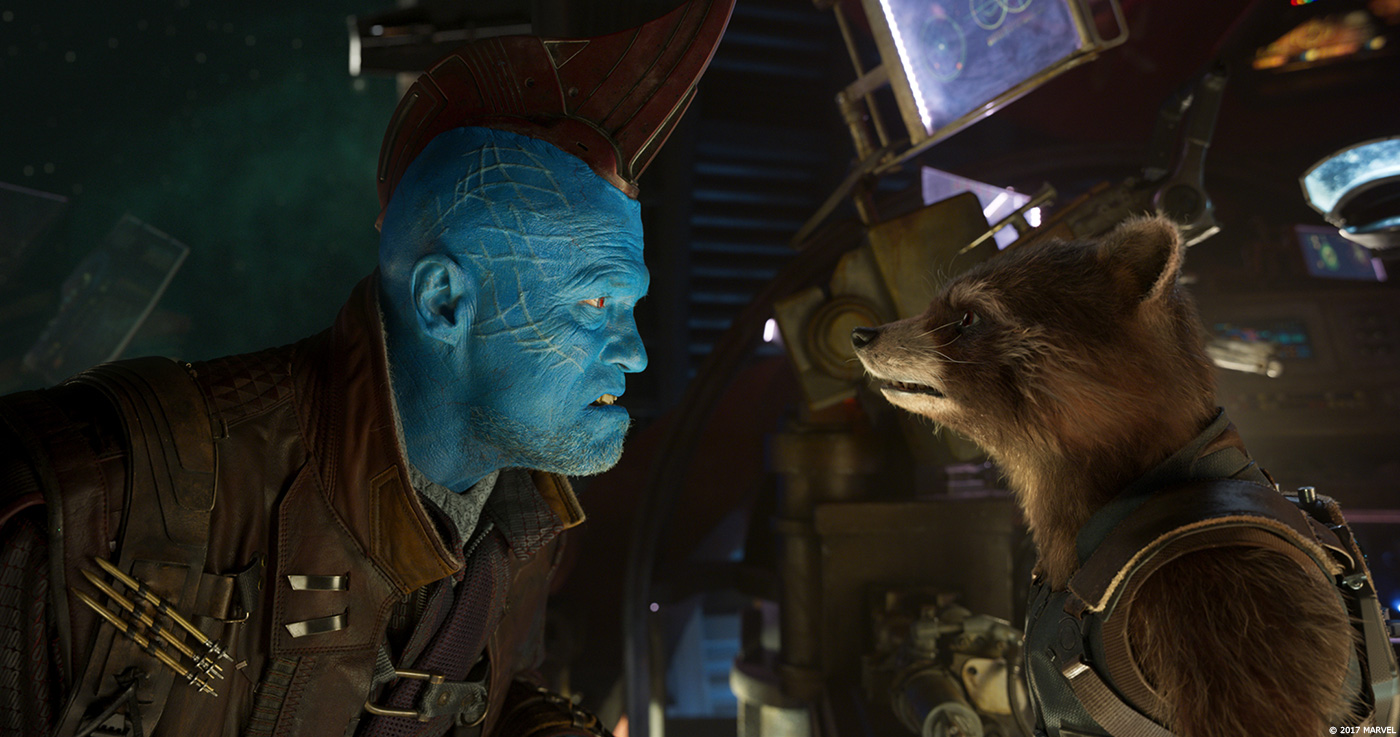
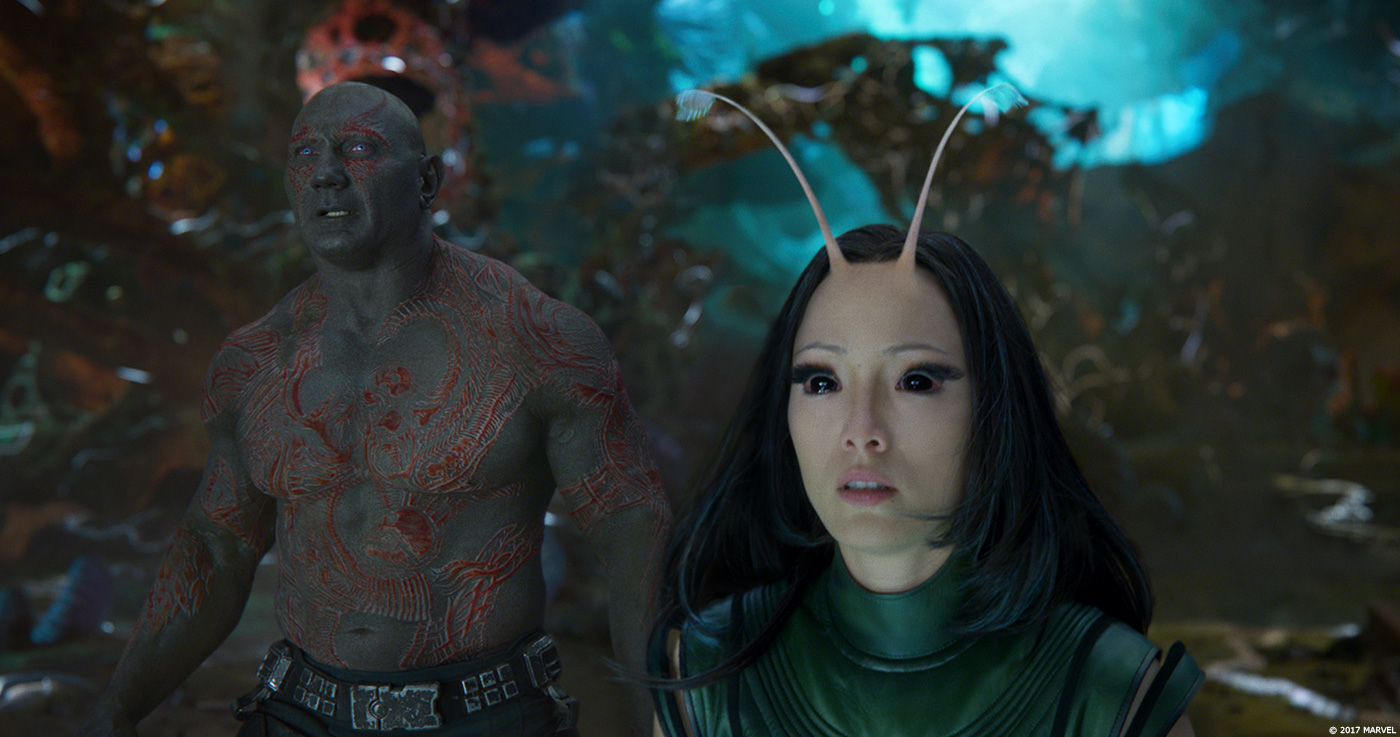
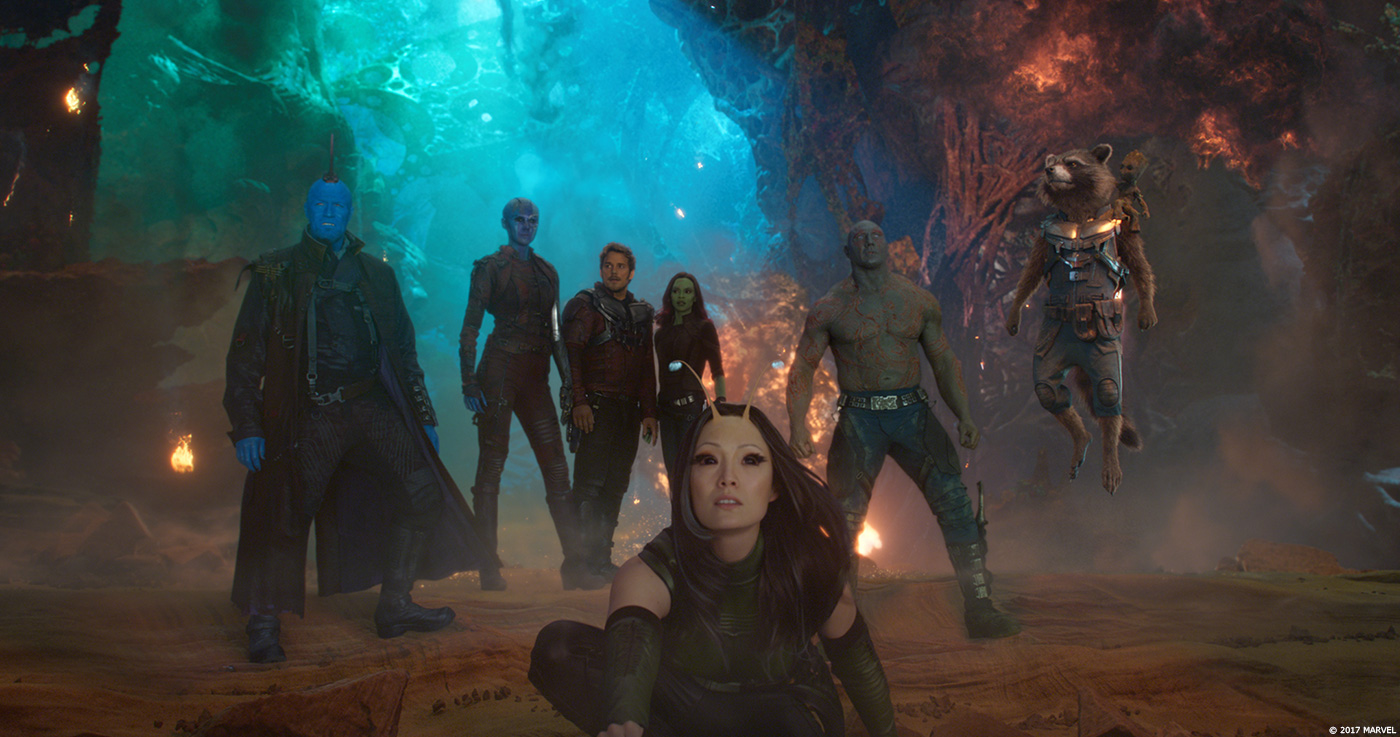
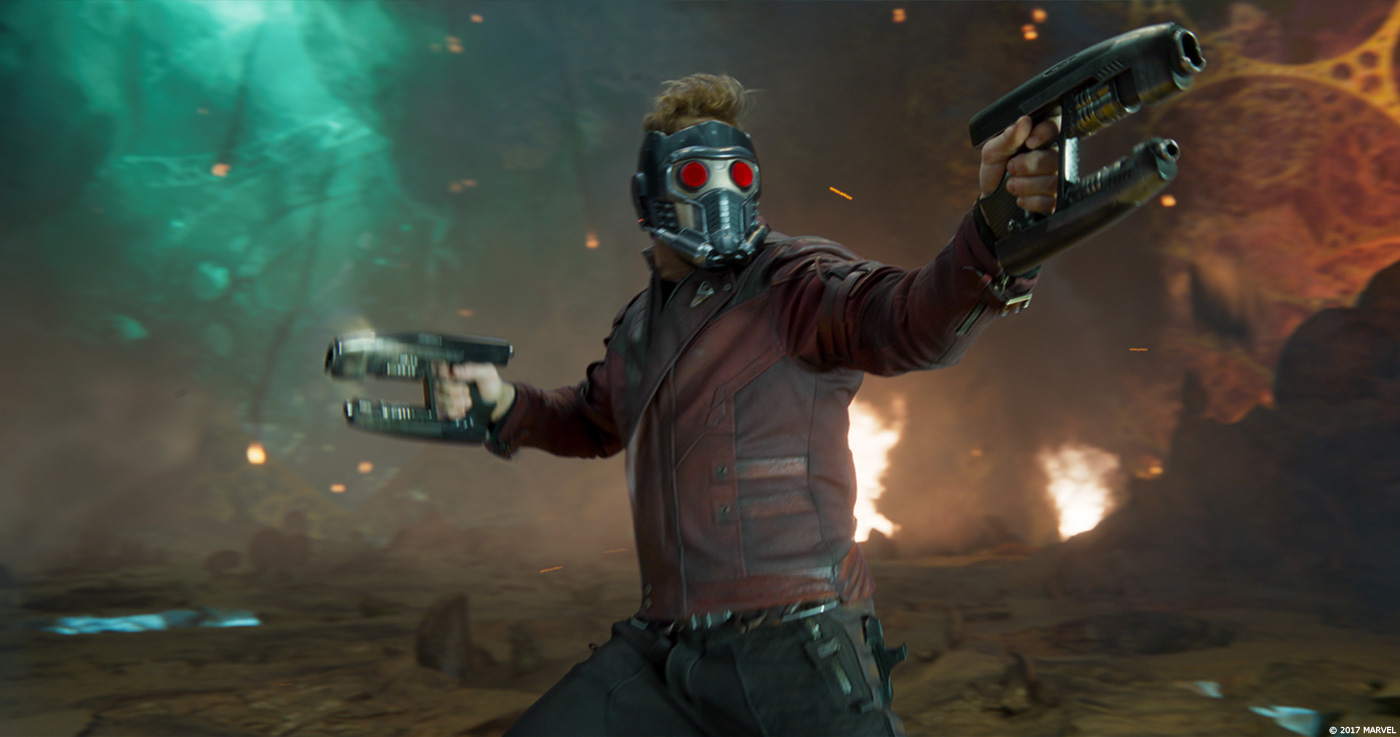



great interview!